Film Synopsis
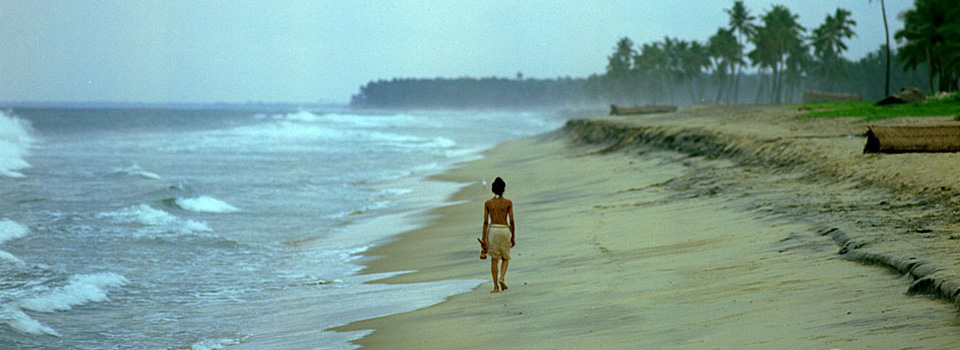
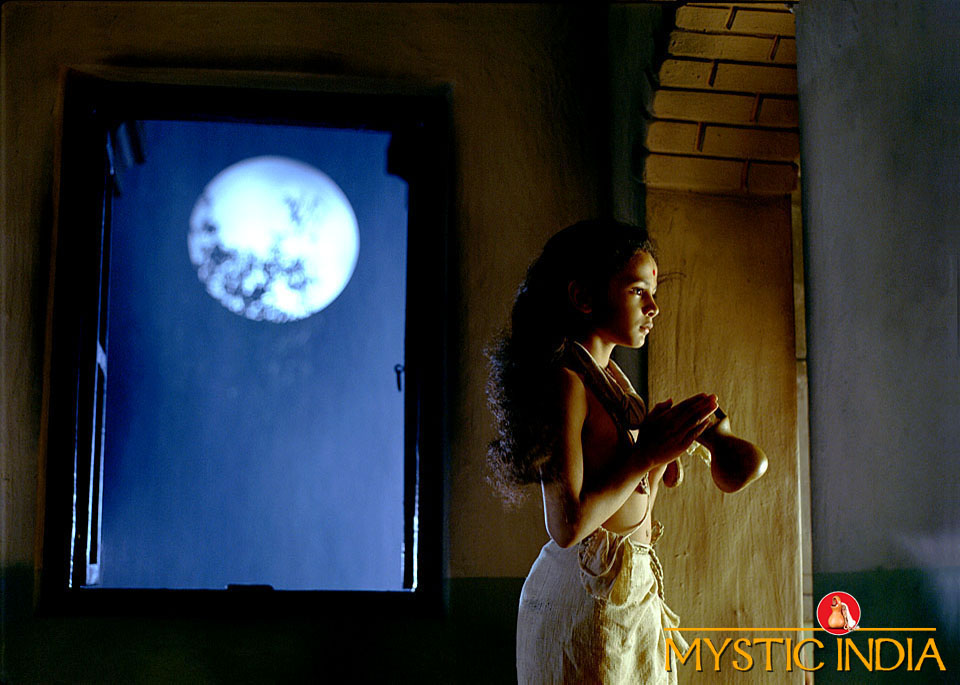
On June 29, 1792, Neelkanth begins his journey of awakening. Having resolved to embrace the challenges of nature, he leaves his home in the city of Ayodhya. Neelkanth walks alone into the cold stormy night, wearing nothing over his shoulders or under his feet, carrying nothing - no maps, no money, no food - except inner courage, confidence and a silent spiritual strength. At the Saryu River, he enters the cold, raging current. Neelkanth is swept away, leaving behind all that was familiar.
Neelkanth's footprints begin to map the length and breadth of India - its dense jungles, fertile plains, majestic mountains, mighty rivers, and peaceful coastlines. Flourishing for more than 8,000 years, this land has been home to an ancient and highly advanced civilization. Neelkanth's walk would last for 7 years, 12,000 kilometers, covering every corner of India.
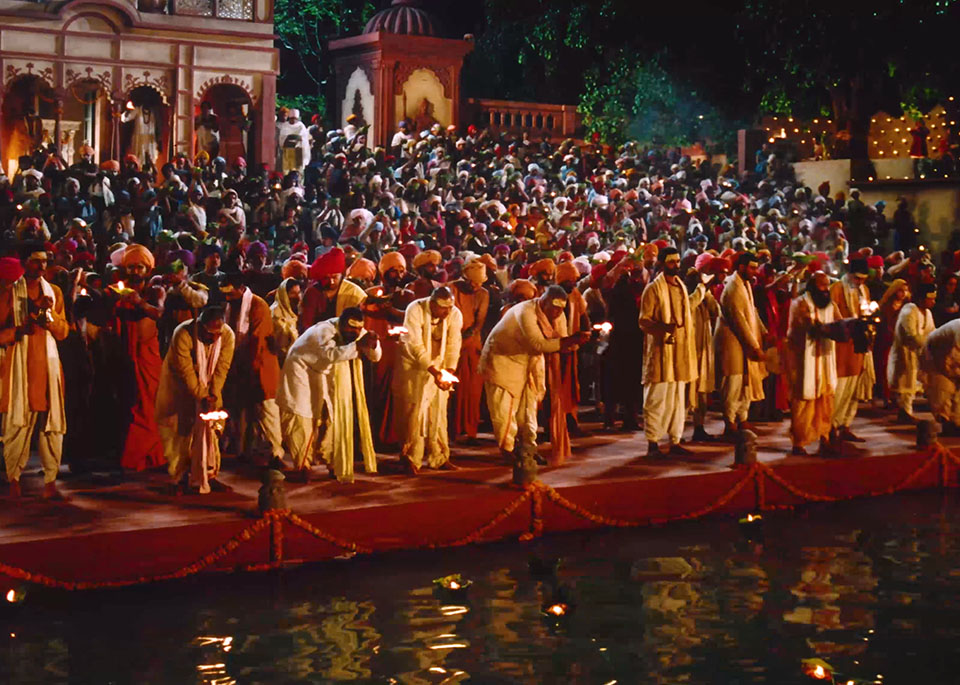
On the banks of the Ganges, Neelkanth takes part in the Harki Pedhi Arti (The Ceremony of Lamps) at Haridwar. For thousands of years, Hindus have gathered here to pay their respects to India's most sacred river. A priest notices Neelkanth in the distance and desires to meet him. Continuing his way north, Neelkanth climbs his way to the mountain village of Sripur, famous for its grand shrine, Kamleshwar Muth. The mahant (chief priest) notices Neelkanth resting under a nearby tree. He warns Neelkanth of the man-eating lion terrorizing the village and invites Neelkanth to stay in the Muth. Neelkanth asks, "Can your doors stop death?" As night falls, the doors of every home are tightly fastened.

It is well past midnight and a chilling roar shatters the eerie silence. A lion charges through the grass spotting Neelkanth. They meet face to face. The Mahant, fearful for the young child, looks out his window and sees a strange and unbelievable sight; the ferocious lion is humbly lying by the feet of Neelkanth. The next morning, as Neelkanth leaves, the grateful faces of villagers surround him.
Hosting a diversity of faces, India is home to a colorful mixture of people. Neelkanth introduces us to the faces of India. Home to 18 different languages and 850 dialects, India is the envy of the world; no other country, even continent, has so many different people living and working together.
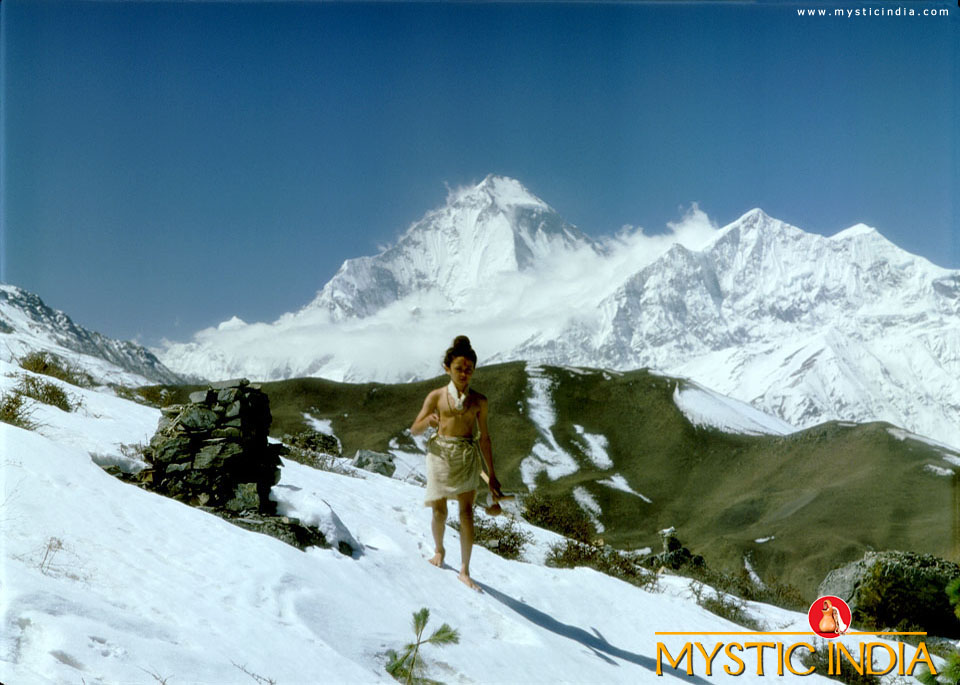
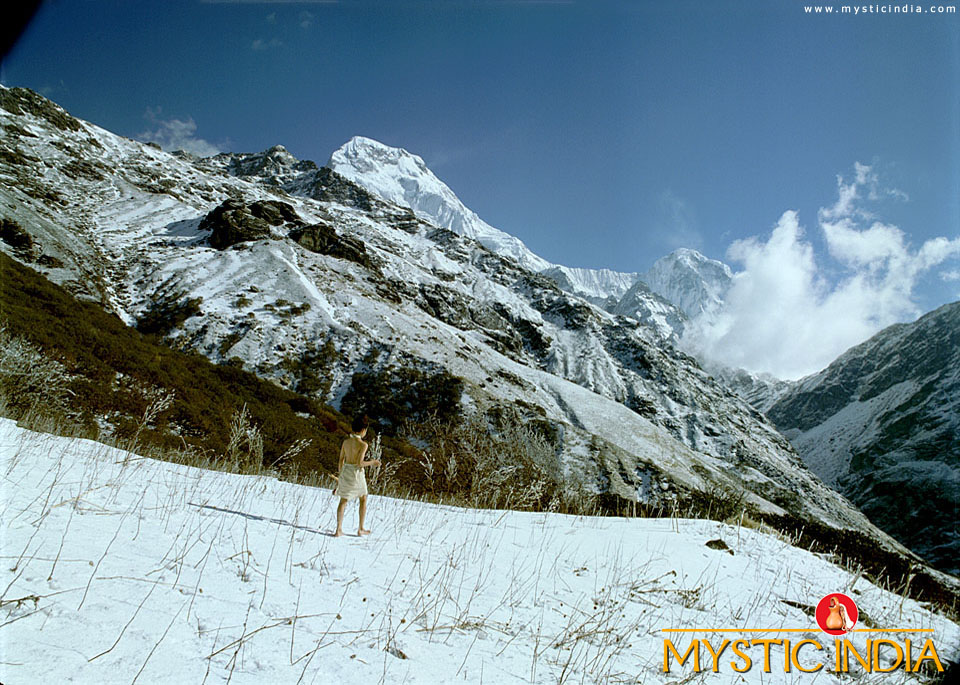
Continuing into the Himalayas, Neelkanth makes his way to Badrinath Temple. Standing at 11,300 feet, Badrinath is one of India's most revered temples. For six months of the year, the temple closes during the deadly cold winter. A procession begins its journey down from the mountains to warmer temperatures and safety. A priest meets Neelkanth on the steps of the temple and invites Neelkanth to join him, but Neelkanth says, "I am not going down, I am going up…to Lake Mansarovar." The priest cannot believe what he has just heard. He says "At this time of year…you'll face blizzards and avalanches. You'll never survive." Neelkanth smiles and walks down the steps, leaving the priest to wonder why such a young child would risk his life in the mountains.
For six months, in the freezing temperatures with no shelter, Neelkanth treks through the Himalayas, home to 92 of the 94 tallest peaks in the world. Crossing a pass at 18,000 feet, Neelkanth reaches the sacred peak of Mt. Kailash, and the holy shores of Mansarovar, the source of four of India's mighty rivers - Indus, Brahmaputra, Karnali and Sutlej. With no guide or maps, Neelkanth negotiates through the deepest gorge in the world cut by the Kali Gandki between Dhaulagiri and Nilgiri in the Annapurna Mountain range. Eventually, he reaches Muktinath at 12,500 feet, where an ancient temple of Lord Vishnu gloriously stands to this day, encircled by 108 waterspouts. Here he undertakes a journey without motion, a journey within. Performing severe austerities in a rare yogic posture, months turn to seasons, seasons turn to years, and Neelkanth grows older and wiser.
Descending the mountains, it has been 5 years since Neelkanth has left his home. From the peaceful villages to the mountain peaks, Neelkanth leads us through a land ornamented with grand monuments, palaces, and relics of stone. We explore Indian architecture and its paradise of styles, forms and shapes.
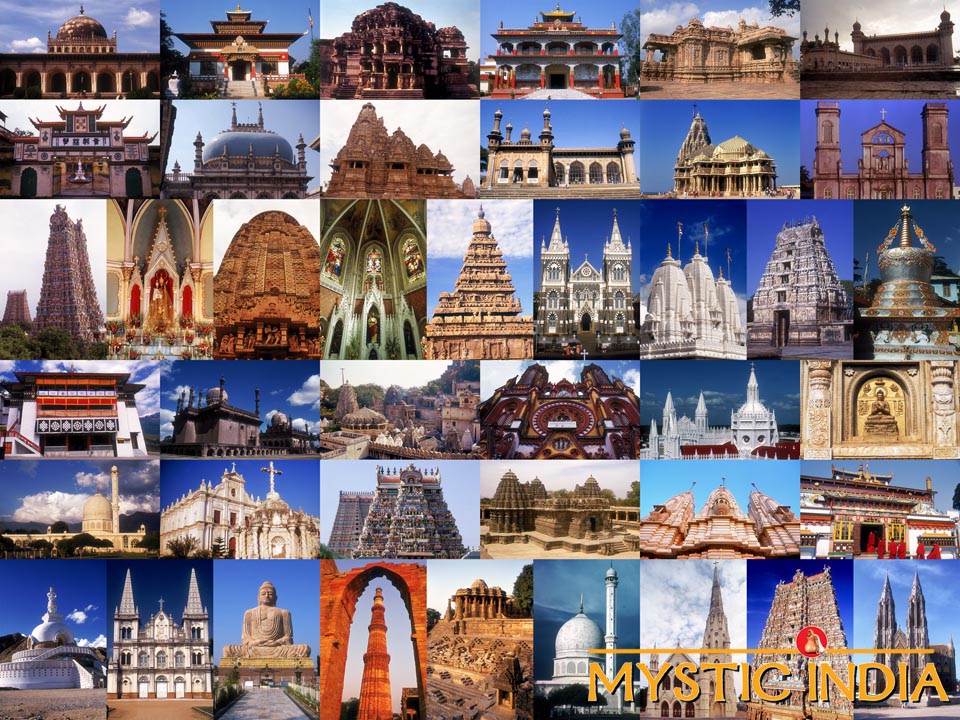
Neelkanth's route leads him through the rainforests of Assam, the jungles of Sunderbans and to the shores of Jagannath Puri. The annual Rath Yatra (Festival of Chariots) is celebrated here. Every year, for thousands of years, millions of pilgrims flock here to pull the chariot of Lord Jagannath. Raja Mukund Dev, King of Jagannath Puri, invites Neelkanth to celebrate Rath Yatra.
A conch shell blows and the boisterous clanging of plates deafens us. Directly ahead, we see Neelkanth sitting on a colossal chariot and the king standing by his side. Hundreds are pulling the chariot with four massive ropes. Pilgrims are cheering, singing, dancing, and throwing vermillion into the air. The huge wheels of the chariot fill our vision. We float above and let the Rath pass beneath to reveal an awesome sight of thousands. A sea of colors shines below.
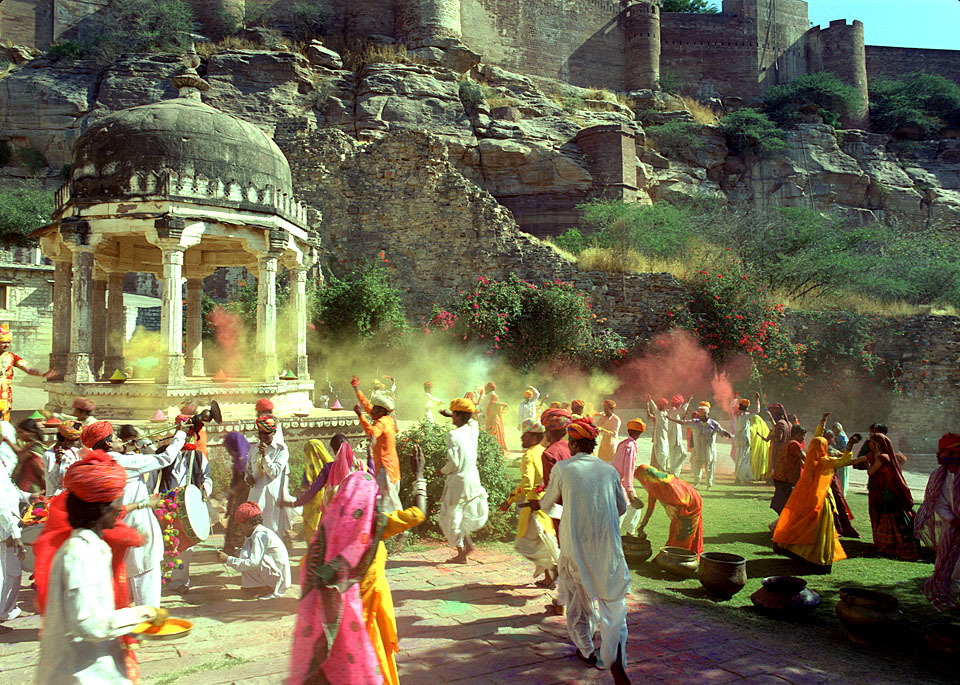
This festival is just one of many festivals of India. They are expressions of joy for many occasions - be it the birth of a child, the changing of the seasons, or the New Year. A wide spectrum of colors, costumes and customs are portrayed in the festivals of India. Viewers are immersed in some of the greatest festivals of India; from the lights of Diwali to the colors of Holi.
Following the eastern coastline, Neelkanth arrives in South India at the ancient Rameshwaram Temple. Built in the 12th century, the Rameshwaram temple has 1,212 pillars and India's longest stone corridor stretching 1.2 kilometers. This temple is one of the most important pilgrimage places in all of India. At each of the 22 wells, people bathe as a purification rite.
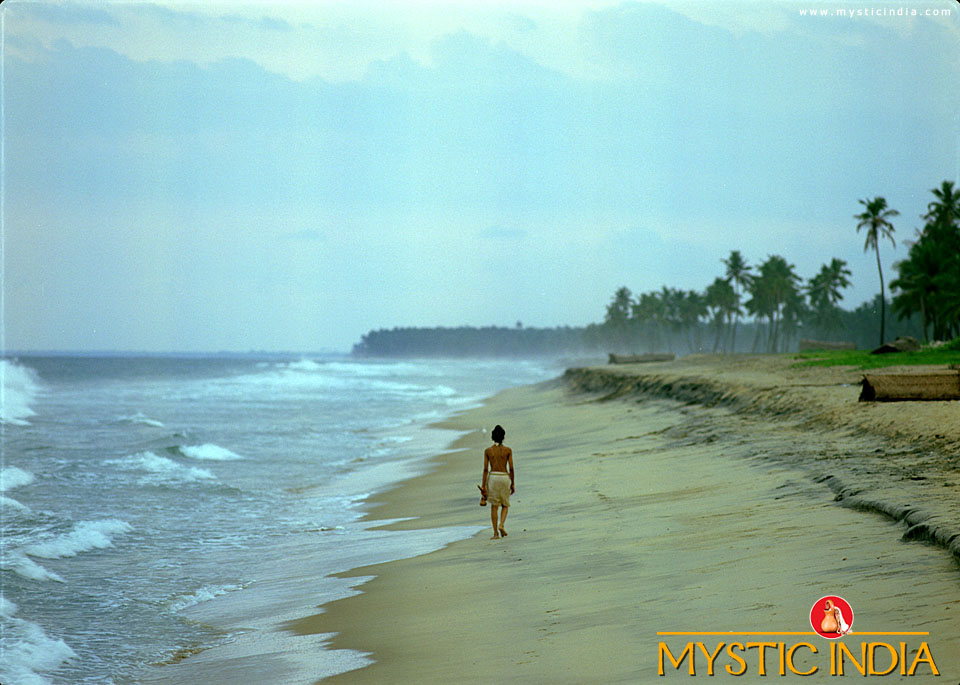
For the next two years, Neelkanth travels from the temple towns of South India, through the backwaters of Kerala and ends his journey in the village Loj in Gujarat. In the villages of India, where to this day 80% of all Indians live, it is a tradition to welcome visitors like gods.
A giant banyan tree hangs over Loj. Under this tree, villagers often gather for discussions. Neelkanth learns of a great saint and teacher Ramanand Swami in one of these gatherings. Delighted to hear such news, Neelkanth waits for him in his ashram. While at the ashram Neelkanth, who conquered the challenges of nature, sweeps the floors. Having mastered all the disciplines of yoga by the age of 14, Neelkanth shares his knowledge with others.
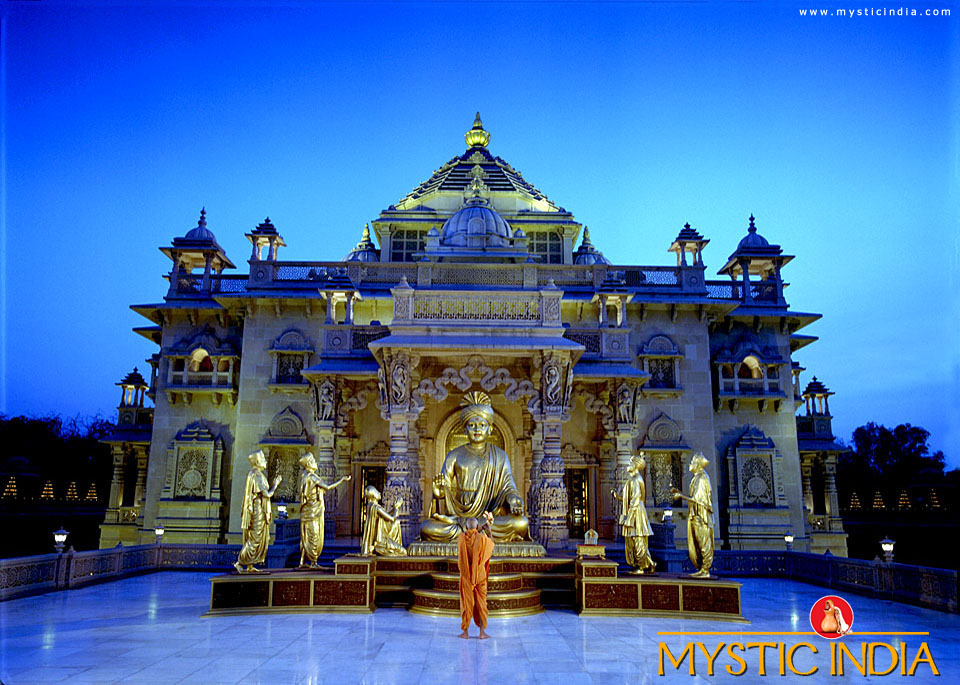
Neelkanth and Ramanand Swami meet on a riverbank. Ramanandji says, "Now that you have arrived, lead the people because you are the true master." But Neelkanth prefers the silence of the mountains. Ramanand Swami encourages Neelkanth and says, "Awakening was your aim and shall continue to be so. Your footprints in the sands of time will light up the path for seekers of courage, confidence, love, truth, and tolerance."
Neelkanth grows older to become one of the greatest spiritual leaders of India. His lessons continue to inspire millions. His vision, work, and wisdom echoes the essence of Indian culture - its unity in diversity. This is the greatest gift India can offer the world.
